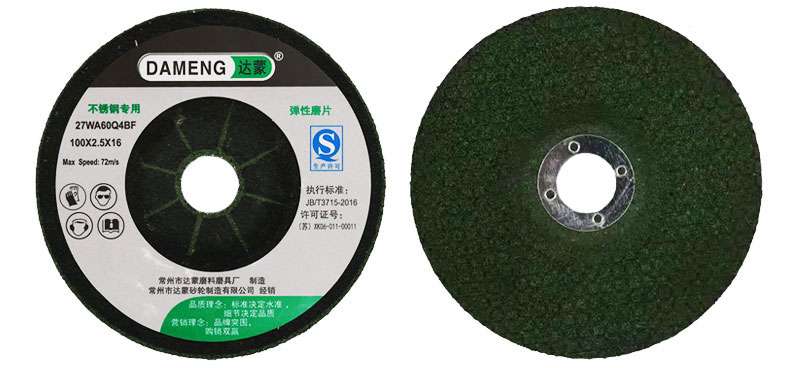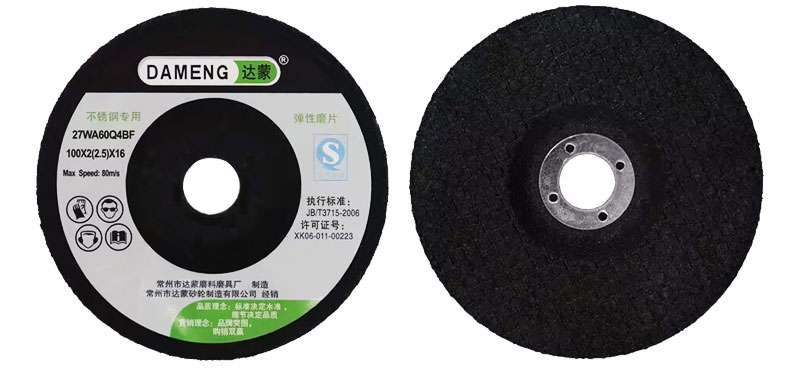In the world of manufacturing, where every micron matters, selecting the right grinding wheel is akin to wielding a master craftsman’s tool. Whether shaping metal, stone, or other materials, the choice of grinding wheel can make the difference between mediocrity and mastery. Let’s explore the nuances of grinding wheel selection and uncover the secrets to achieving precision and excellence in your machining endeavors.
Understanding Grinding Wheels
Before delving into the intricacies of selection, it’s essential to grasp the fundamentals of grinding wheels. These tools are not one-size-fits-all; rather, they come in a myriad of shapes, sizes, and compositions, each tailored for specific tasks and materials. From aluminum oxide to silicon carbide, from coarse grits for rapid material removal to fine grits for smooth finishing, the diversity of grinding wheels reflects the diversity of machining needs.
Factors Influencing Selection
Selecting the optimal grinding wheel involves considering a multitude of factors, each contributing to the overall performance and outcome of the machining process:
- Material Compatibility: Different materials require different abrasives and bond types. For example, grinding steel may necessitate aluminum oxide wheels, while grinding carbide requires diamond or cubic boron nitride (CBN) abrasives.
- Grit Size: The grit size determines the surface finish and material removal rate. Coarse grits are suitable for rapid stock removal, while fine grits deliver smoother finishes.
- Wheel Shape and Size: The geometry of the workpiece and the desired machining operation dictate the choice of wheel shape and size. Whether cylindrical, flat, or cup-shaped, selecting the appropriate wheel geometry ensures optimal contact and efficiency.
- Wheel Hardness: The hardness of the grinding wheel affects its cutting ability and wear resistance. Softer wheels are more forgiving but wear faster, while harder wheels maintain their shape longer but may be prone to excessive heat buildup.
- Bond Type: The bond material holds the abrasive grains together and influences wheel performance. Resin bonds offer versatility and resilience, while vitrified bonds provide excellent thermal stability for high-speed grinding operations.
- Coolant Requirements: Some machining processes generate significant heat, necessitating the use of coolant to prevent thermal damage to the workpiece and grinding wheel. Considering coolant compatibility is essential for prolonged wheel life and consistent performance.
The Art of Selection
Grinding wheel selection is as much art as it is science. It requires a deep understanding of material properties, machining requirements, and operational constraints. Experienced machinists leverage their knowledge and intuition to navigate the myriad options and arrive at the optimal choice for each application.
Moreover, continuous experimentation and refinement are key to mastering grinding wheel selection. Machinists must remain open to exploring new abrasives, bond formulations, and machining strategies to stay at the forefront of precision manufacturing.
Conclusion
In the quest for precision and excellence, grinding wheel selection plays a pivotal role. By understanding the intricacies of material compatibility, grit size, wheel geometry, and other factors, machinists can unlock the full potential of their machining operations. It’s a journey of discovery and refinement, where mastery is forged through experience, expertise, and a relentless pursuit of perfection. So, the next time you embark on a machining endeavor, remember that the choice of grinding wheel is not merely a decision but a declaration of craftsmanship and dedication to the art of precision machining.



